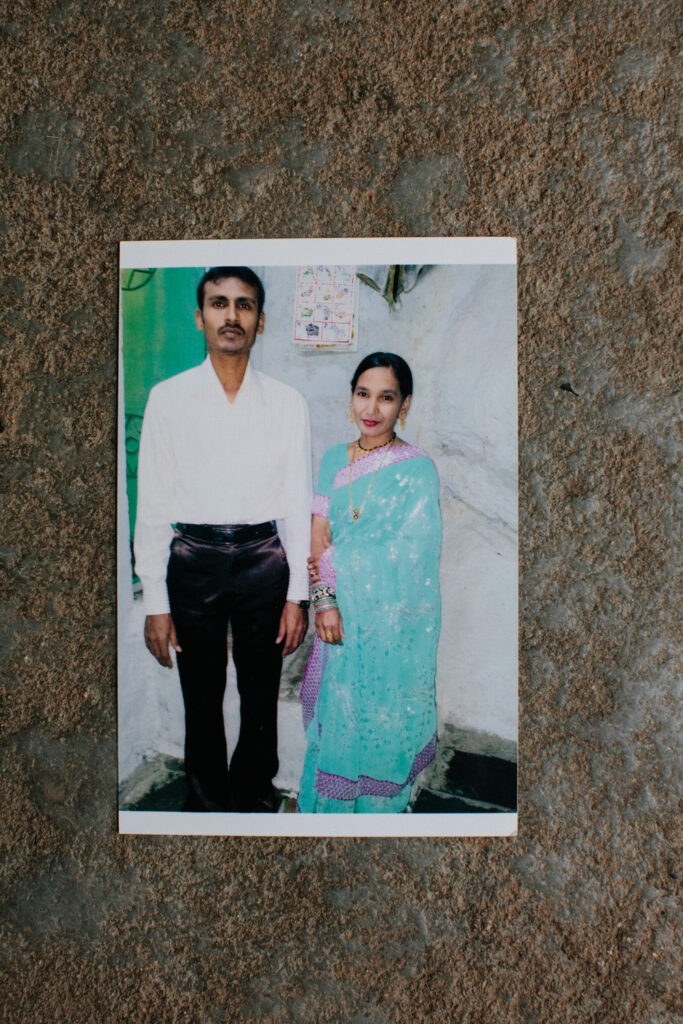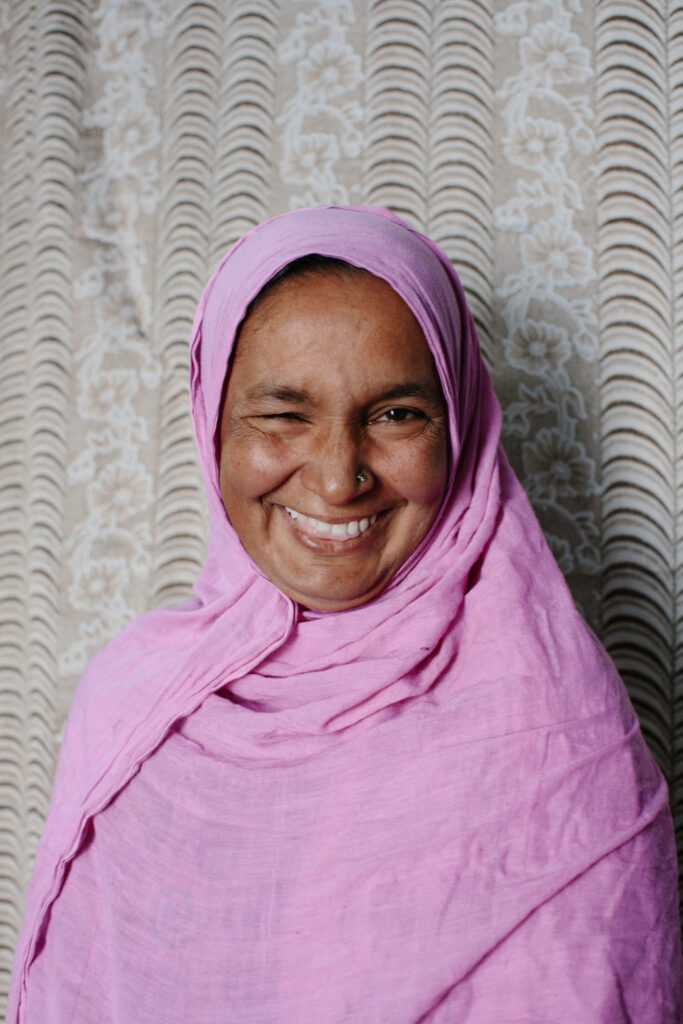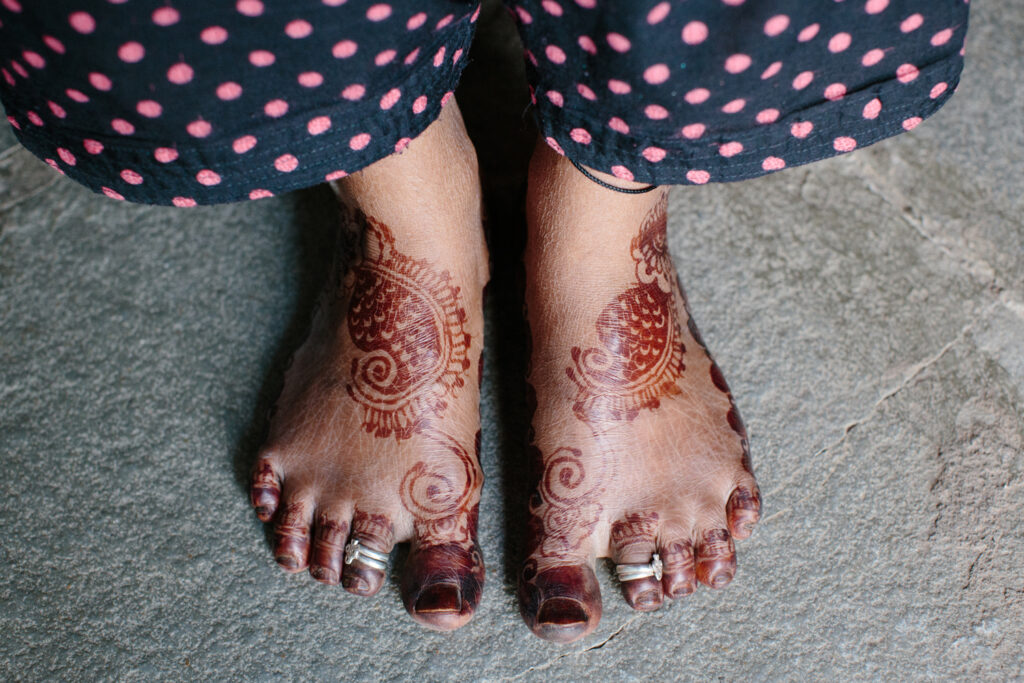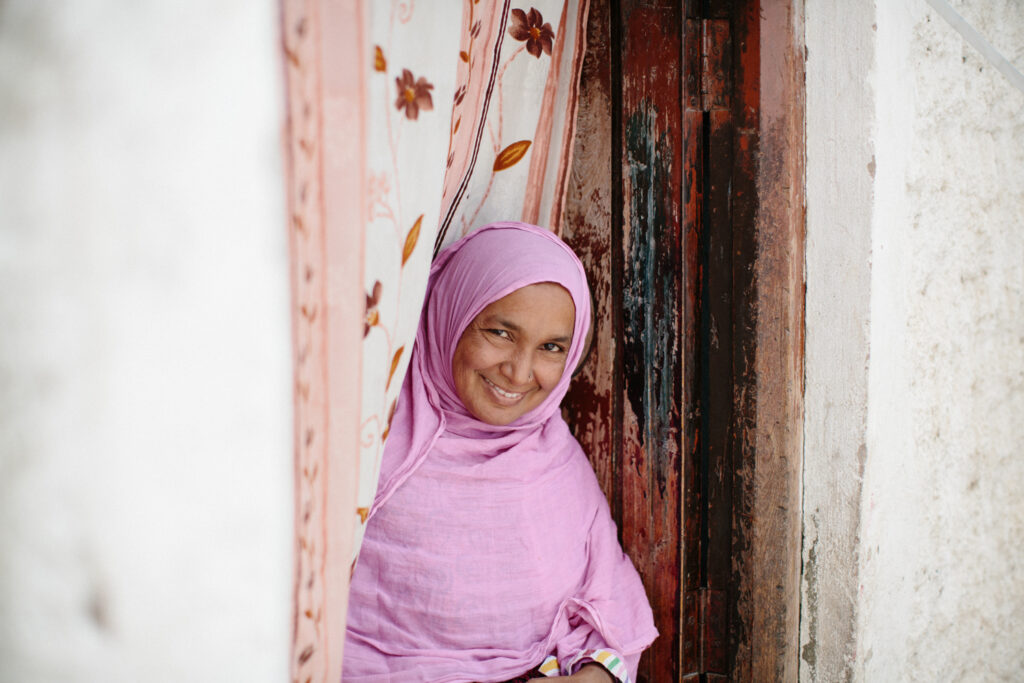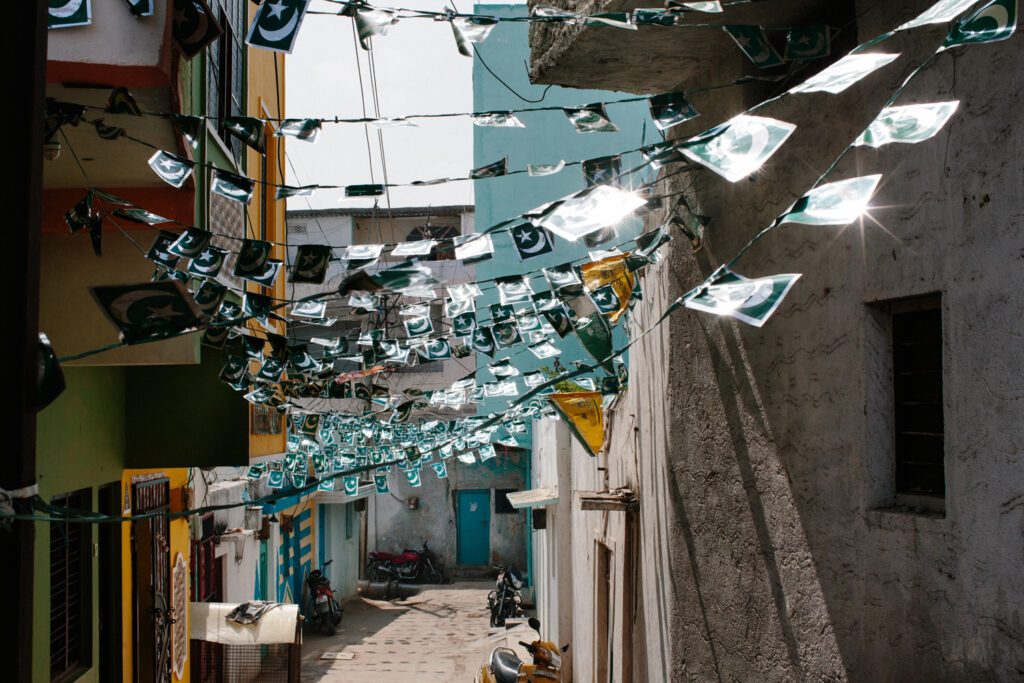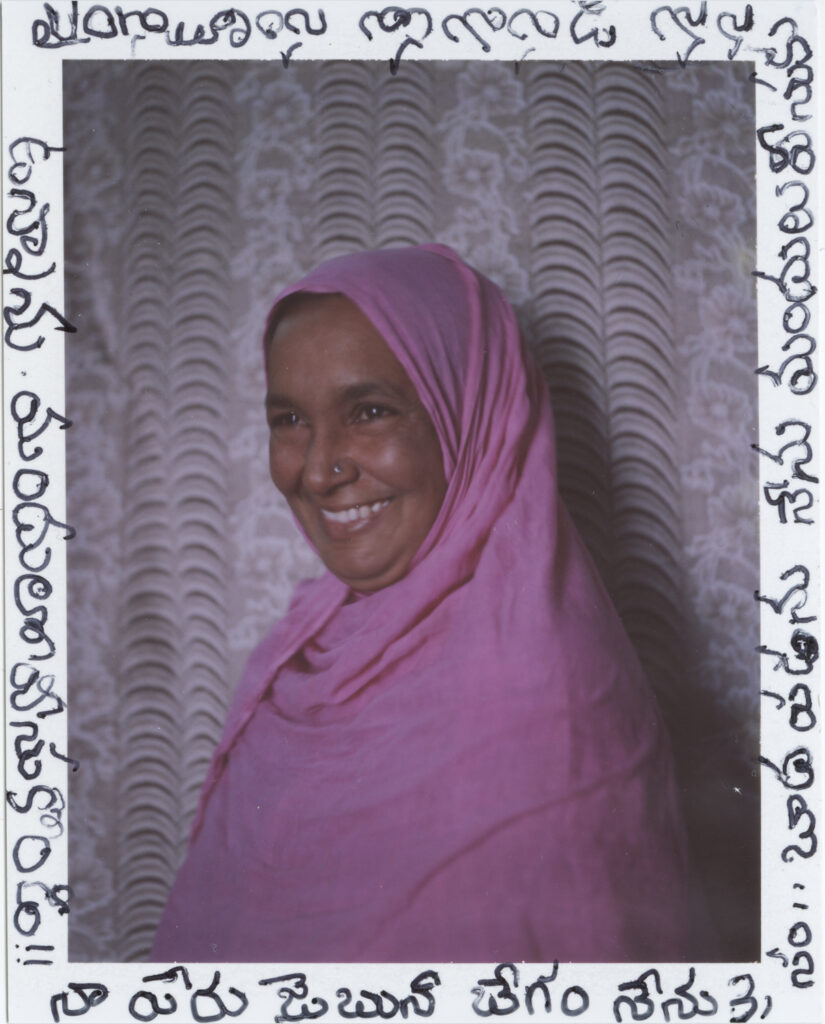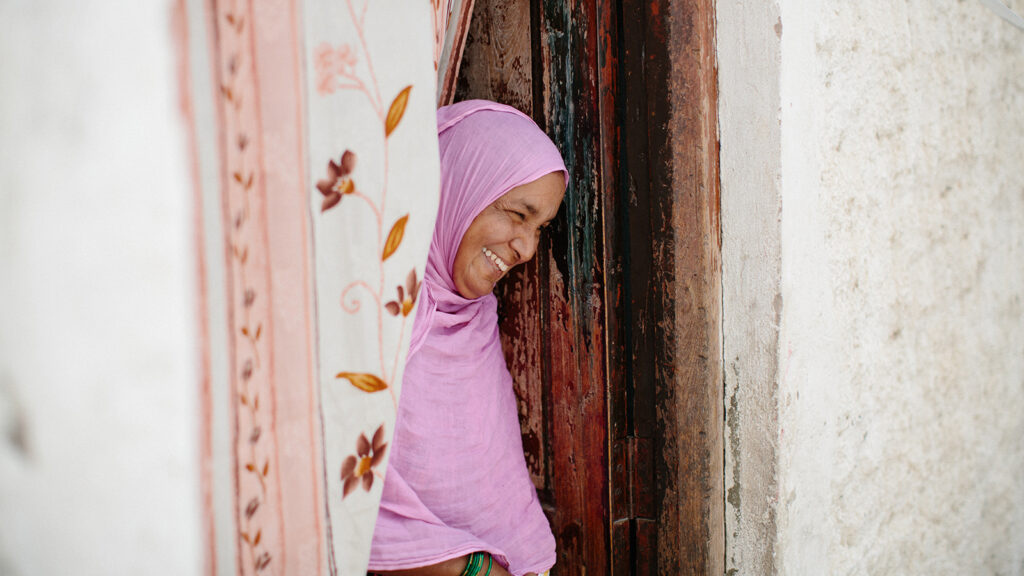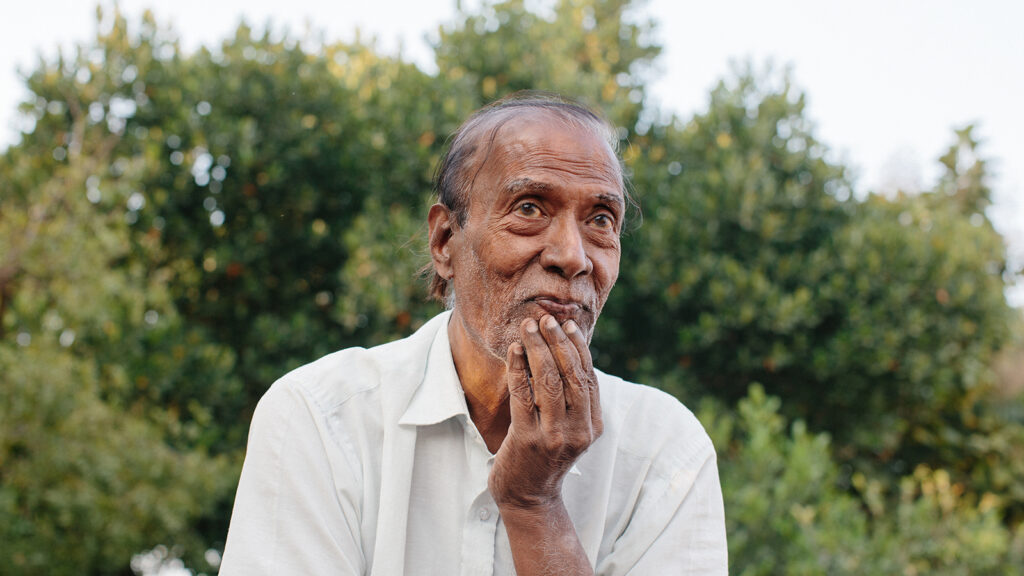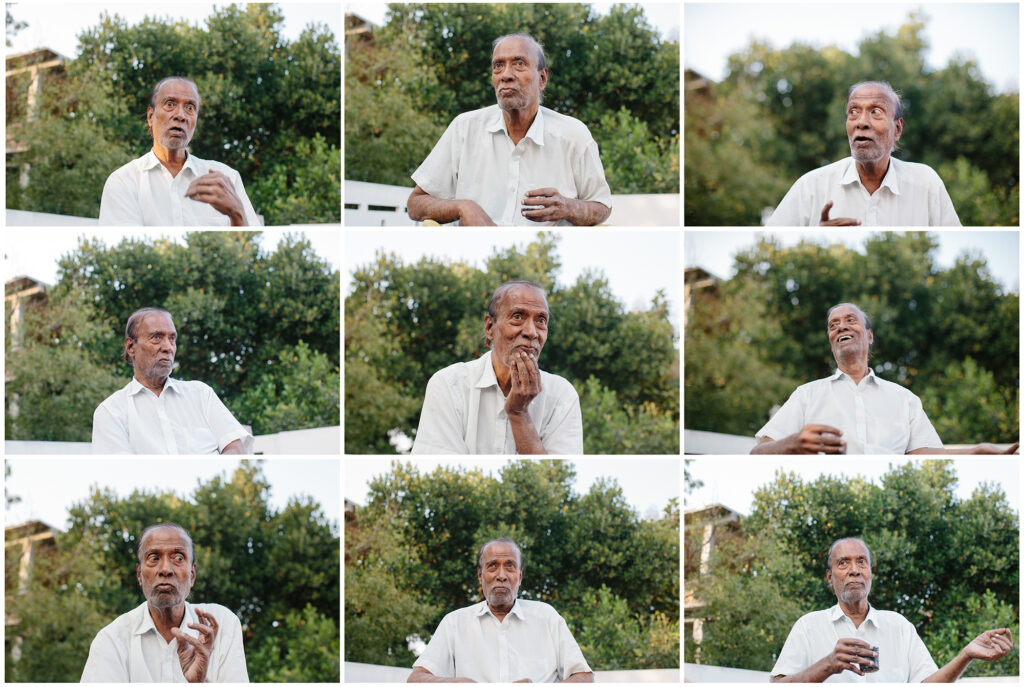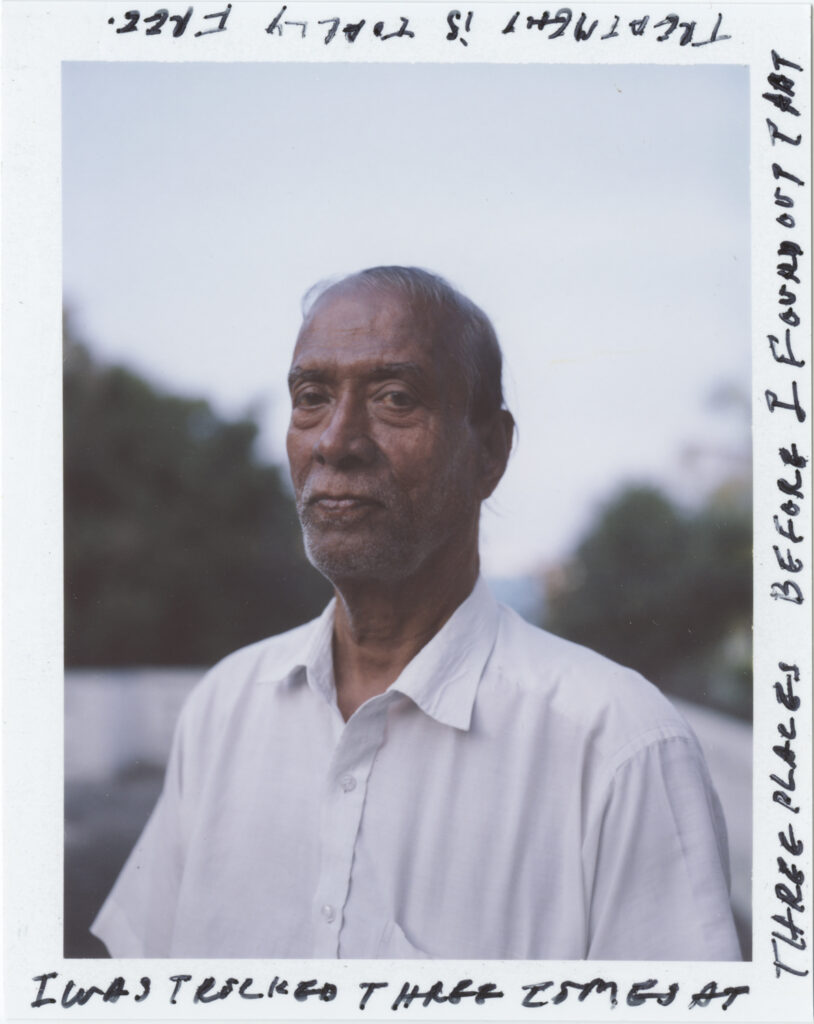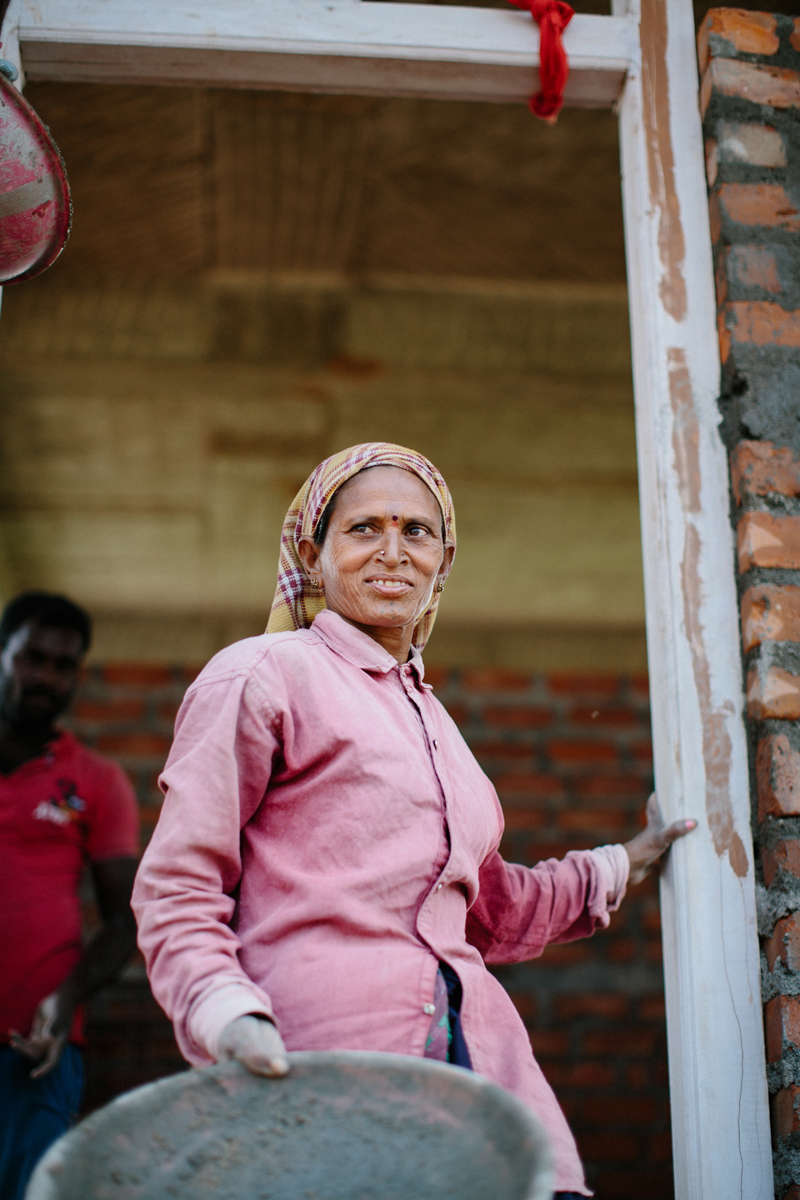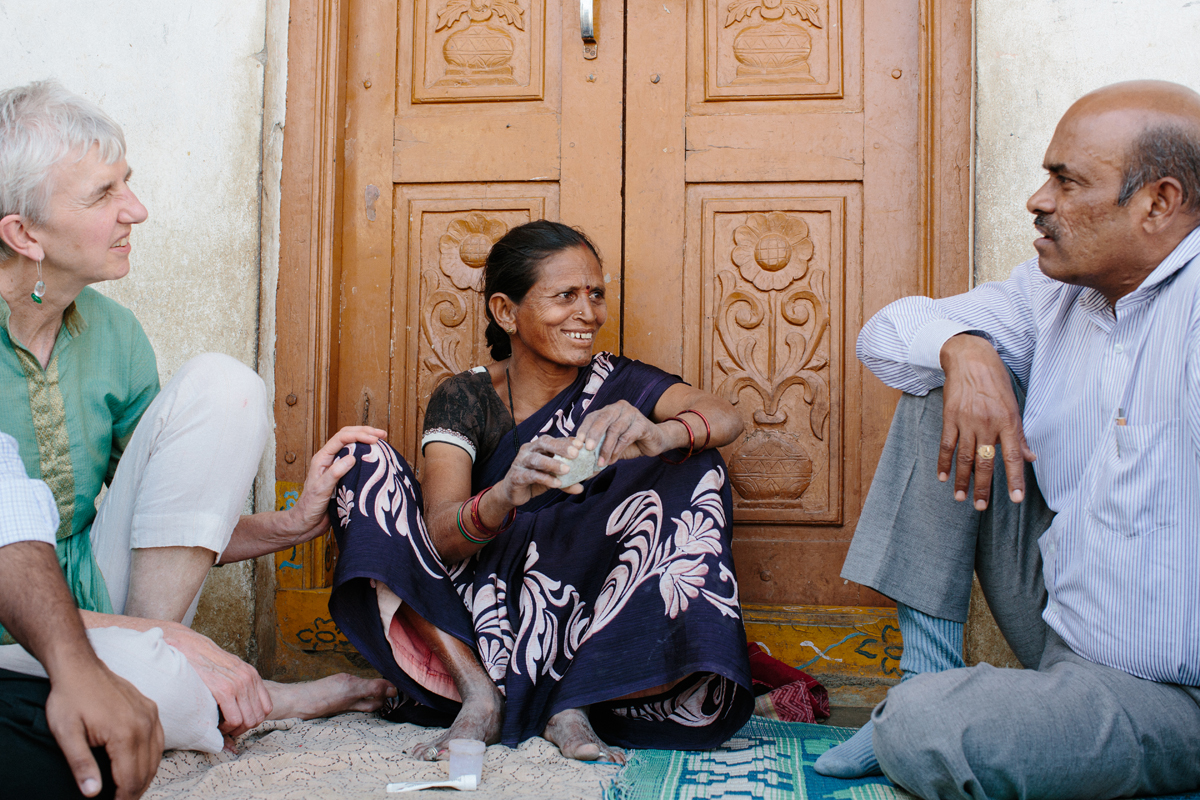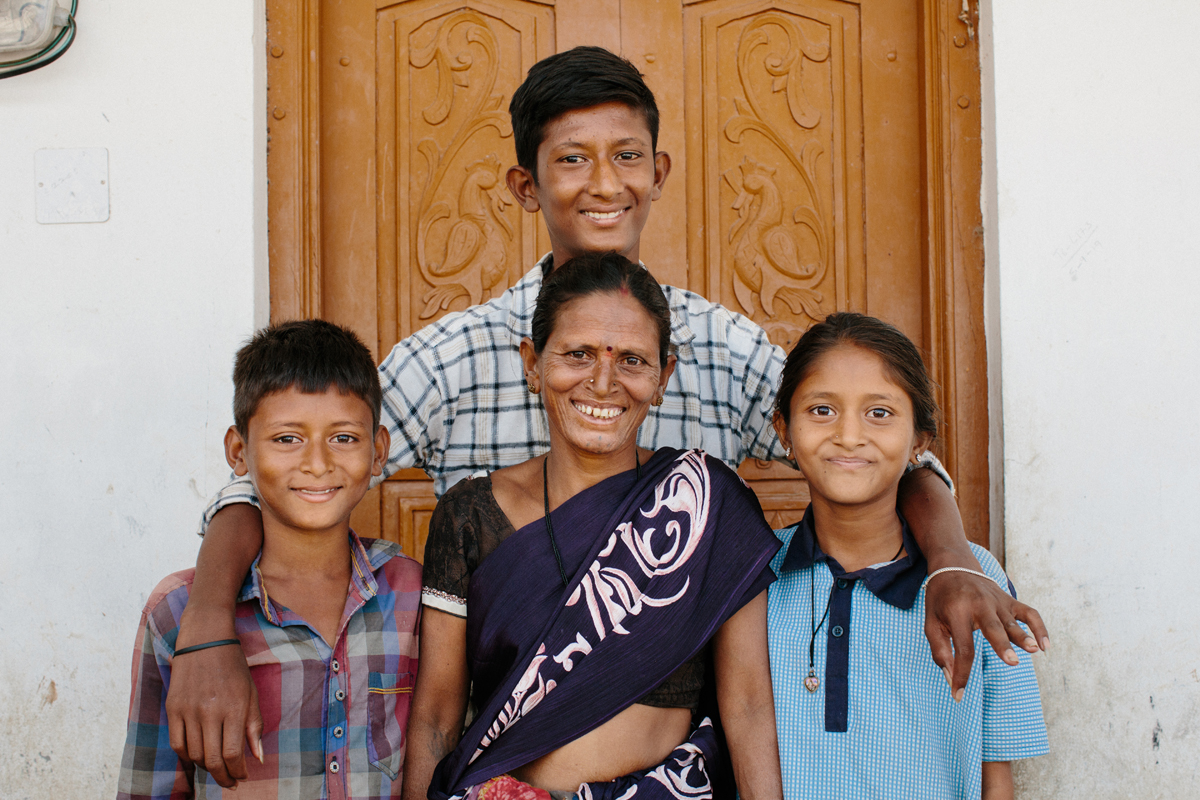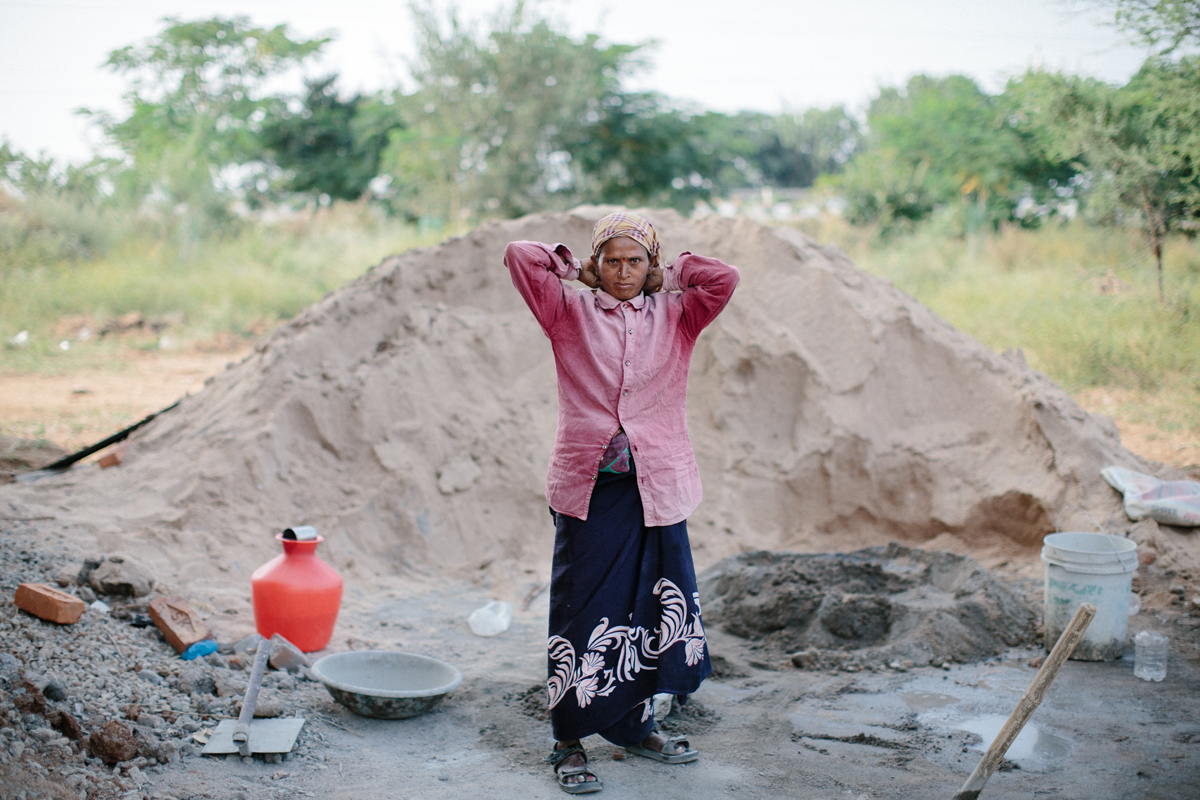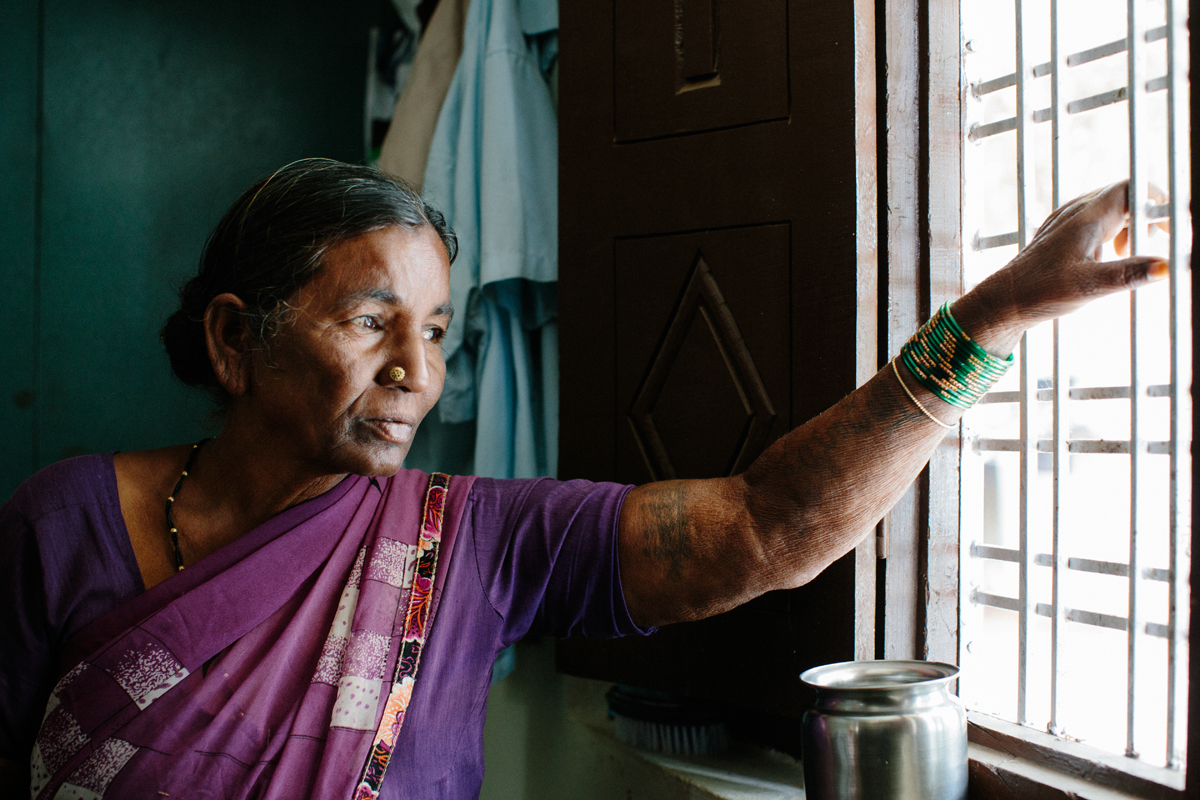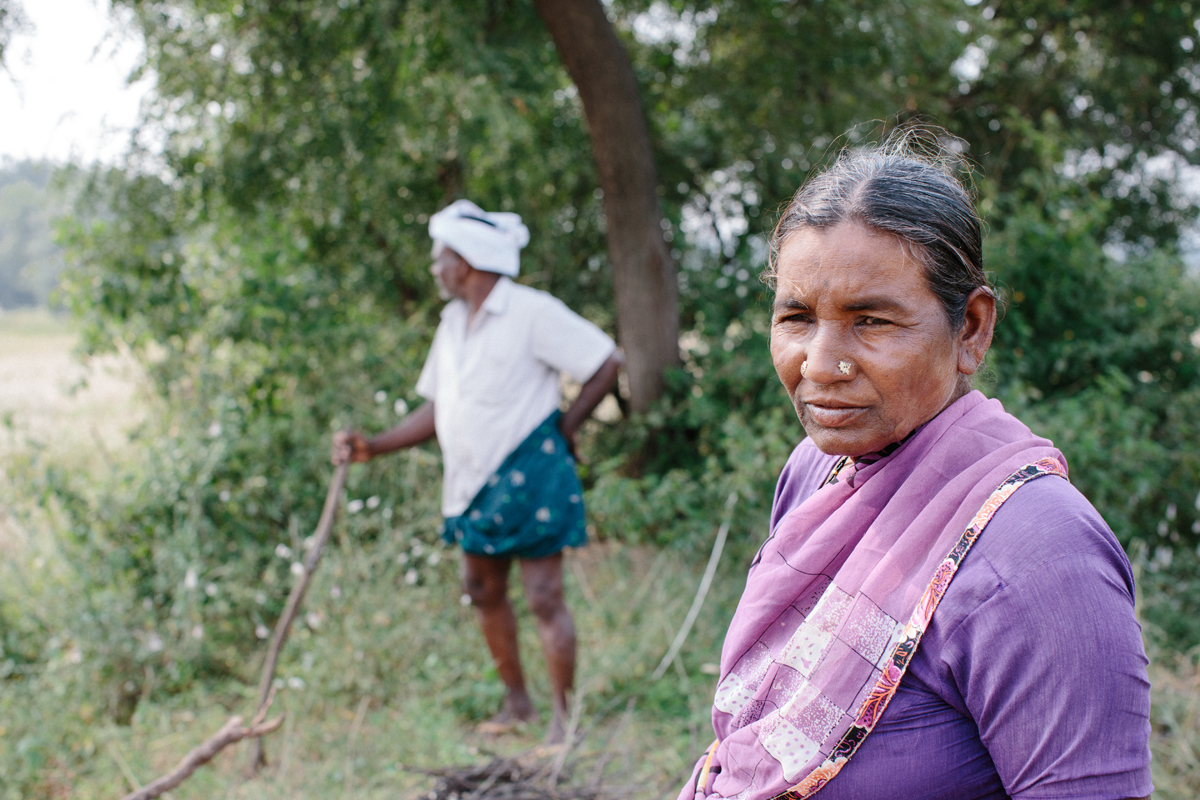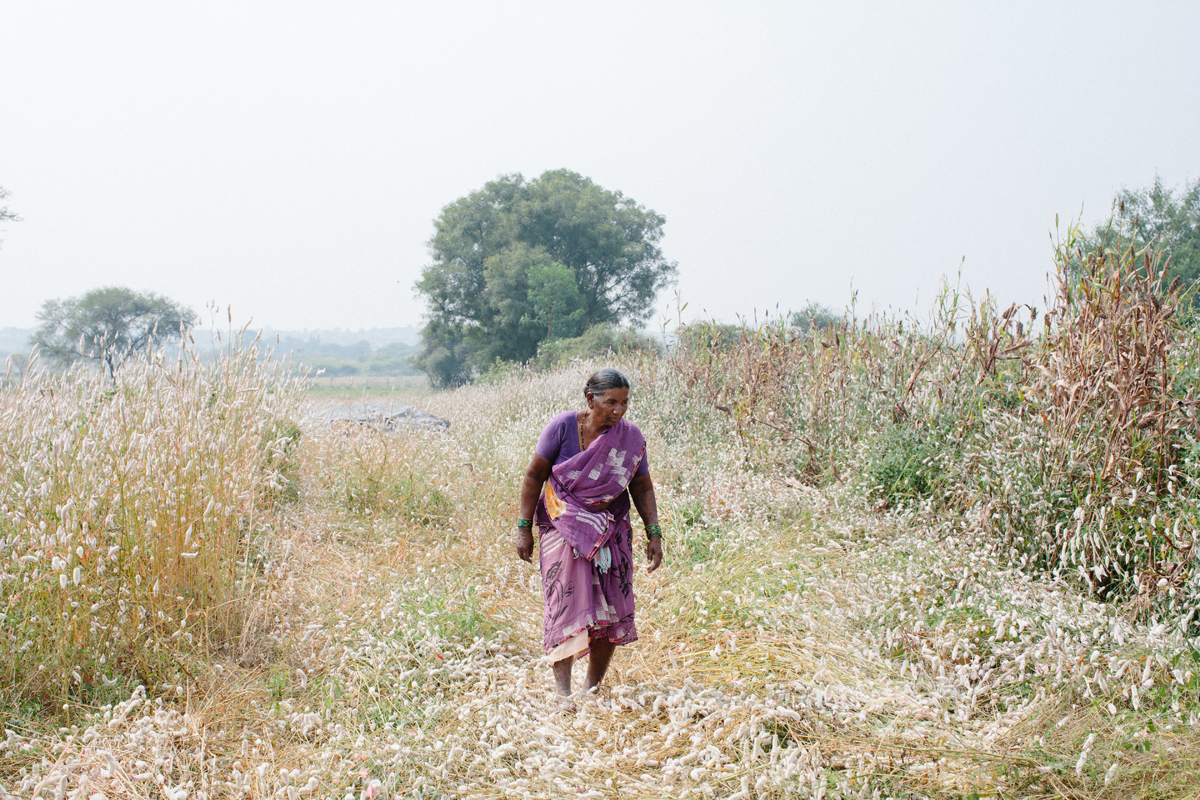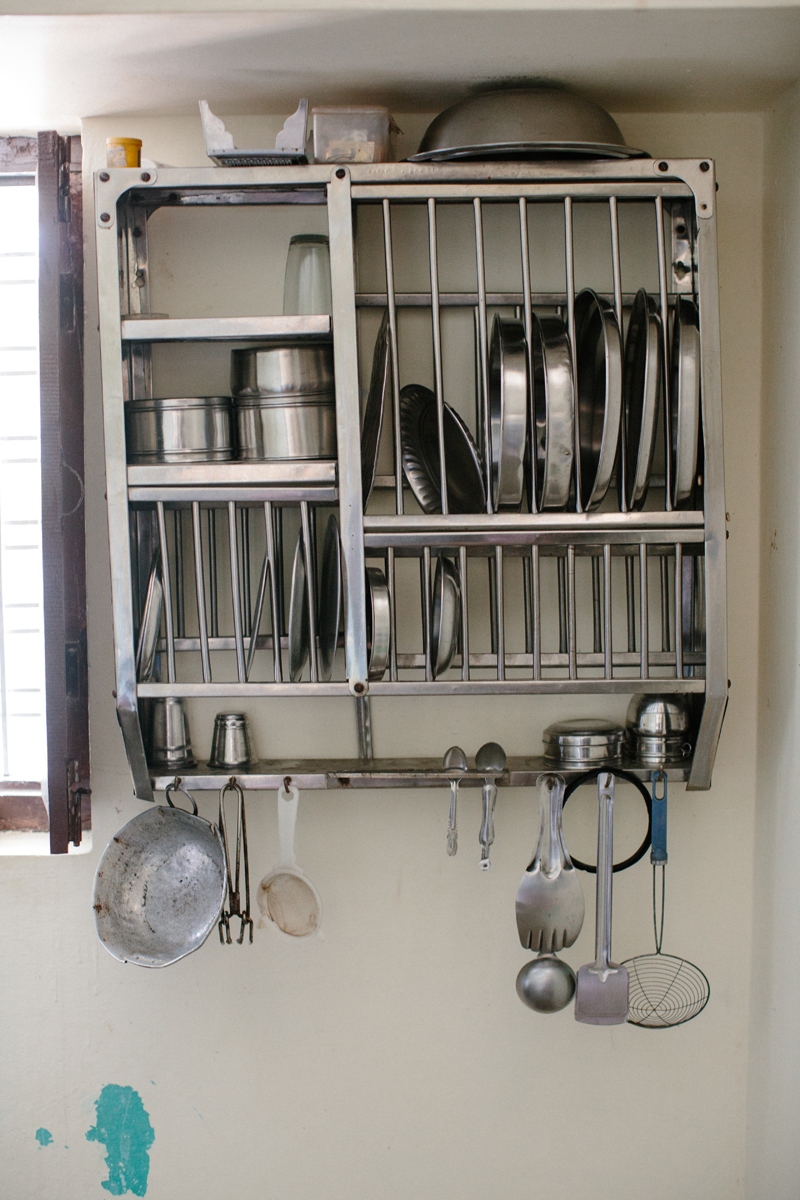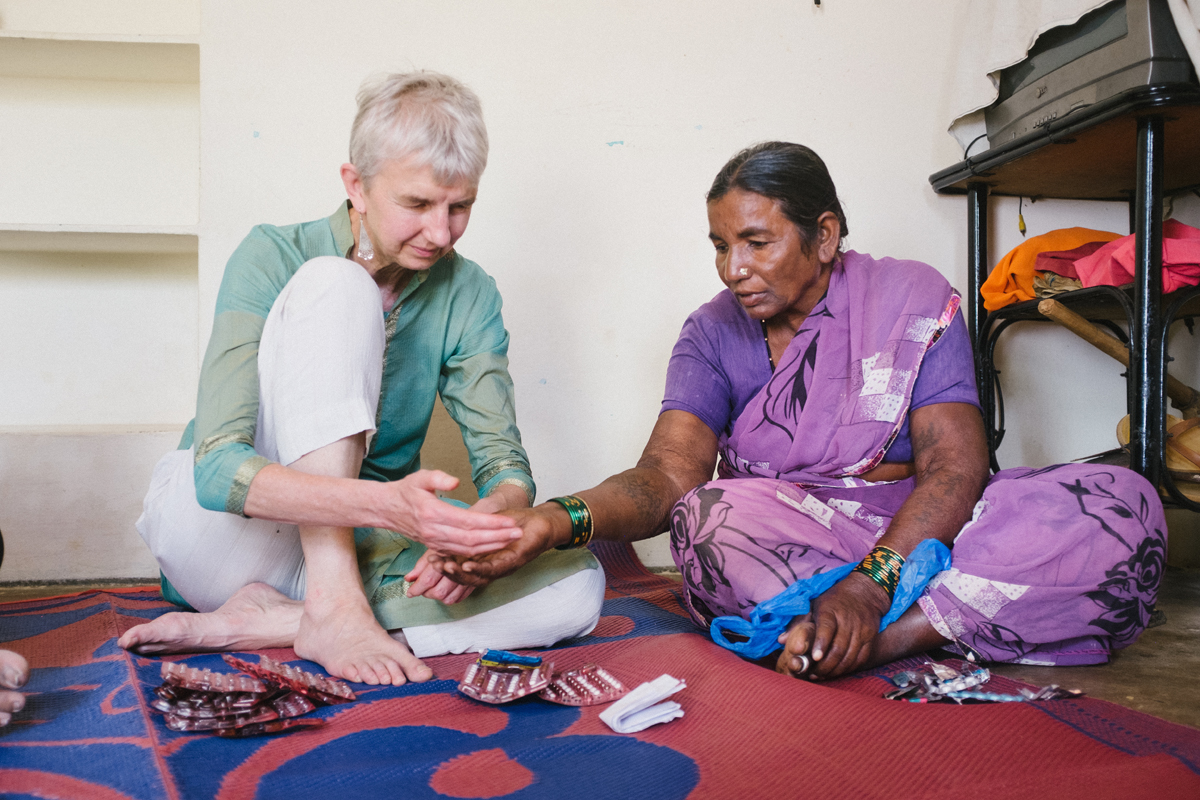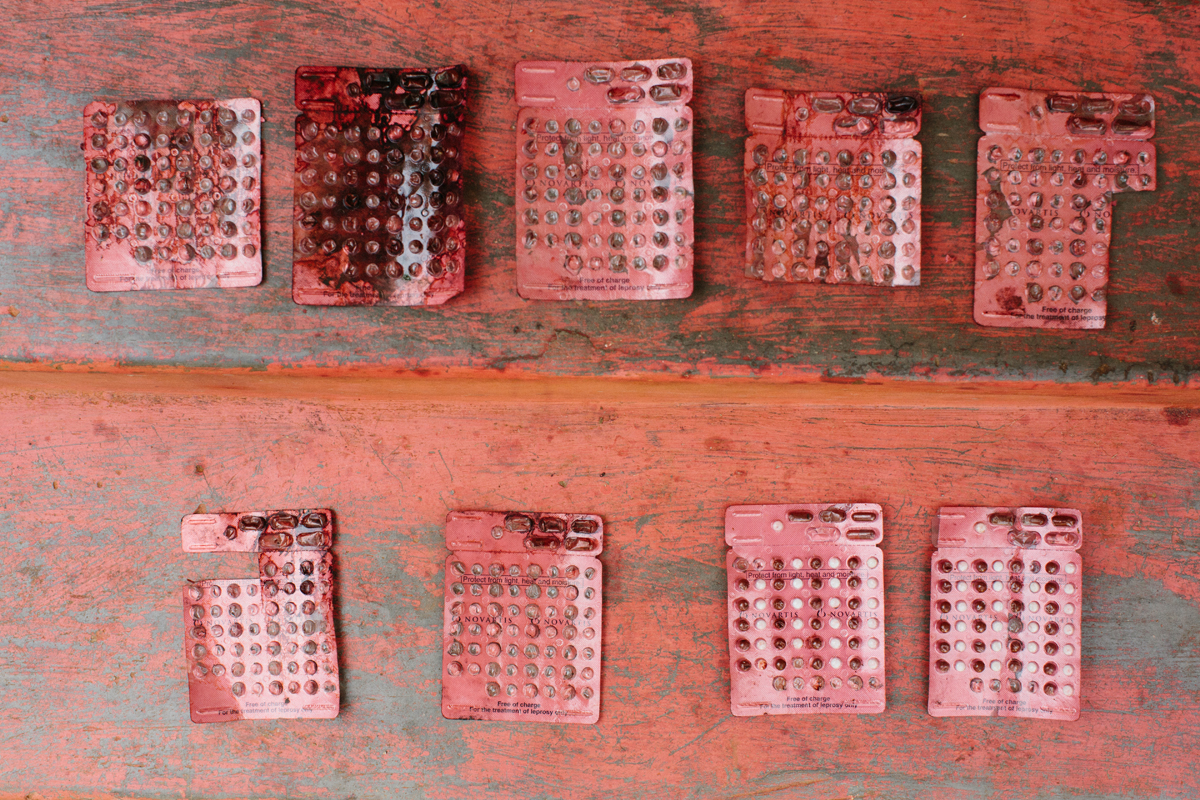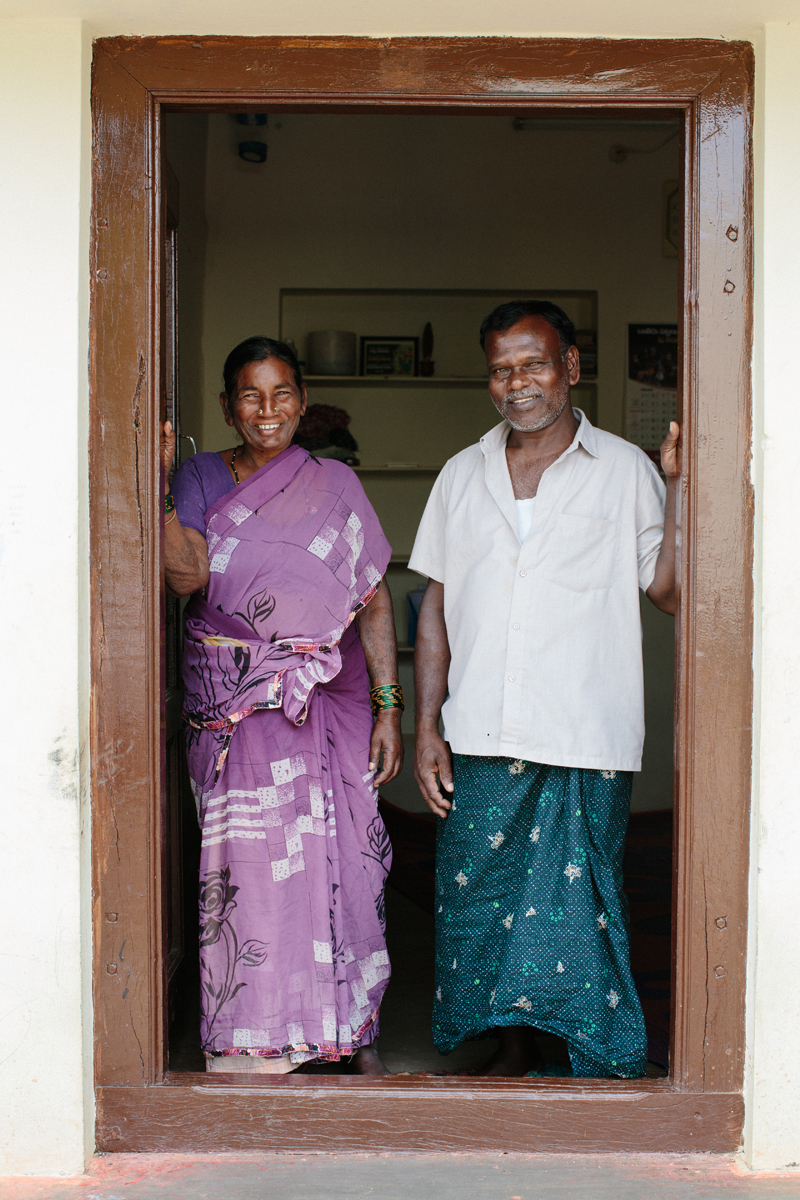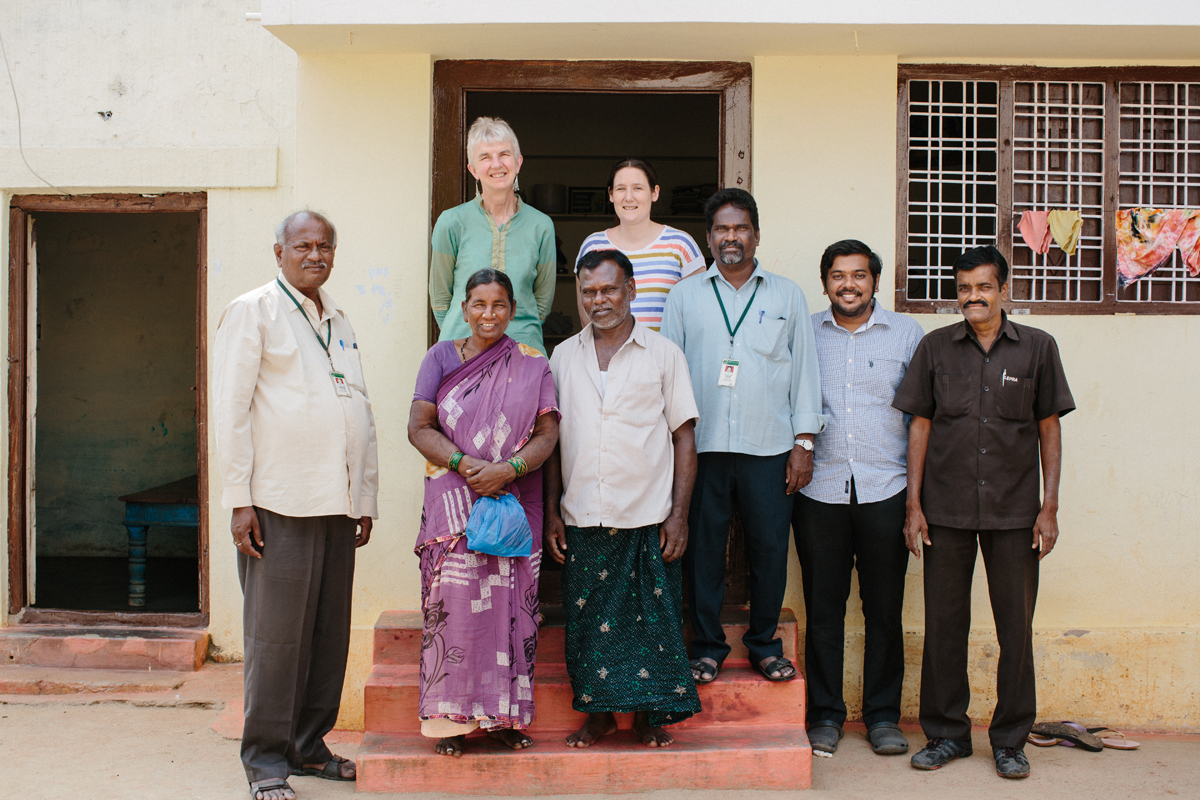Zaibun Begum
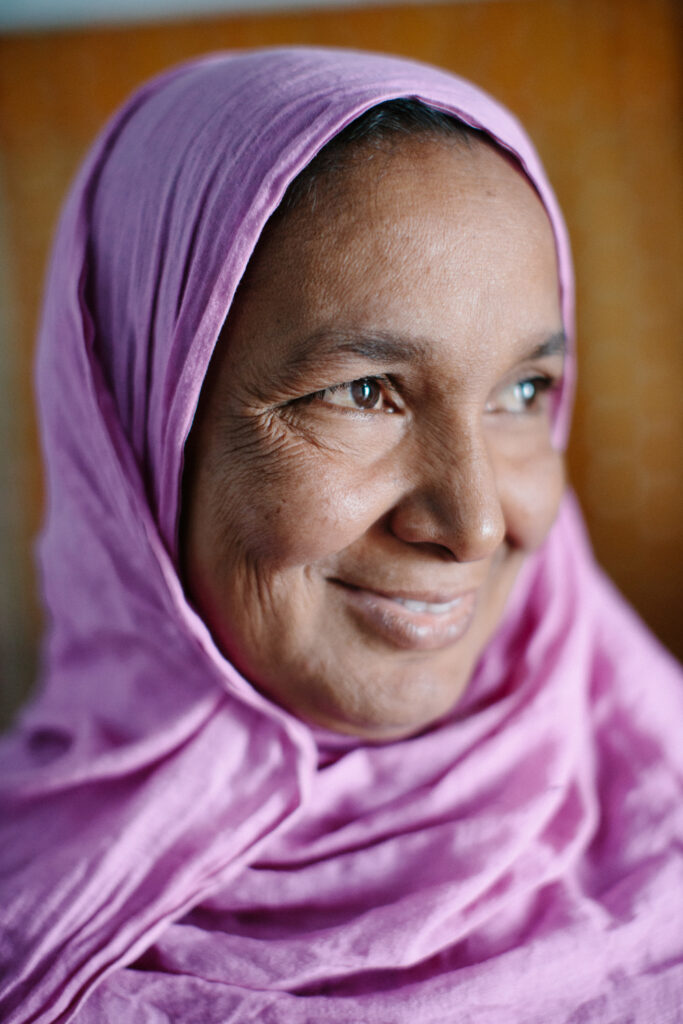
Zaibun noticed a small blister on her right hand and by the next morning, her body was covered in painful nodules. Her skin blistered and swelled and she had a high fever. Her entire face was covered in the nodules and she was very frightened. In Osmania hospital, they diagnosed her with leprosy and she was afraid she was going to die.
For twelve months, Zaibun took Multi Drug Therapy. Her husband was very supportive and would often take time off work to bring her to the hospital. The staff at the hospital were unhelpful and both Zaibun and her husband felt as though they were missing vital information about her case.
Zaibun was very unwell. She was feverish constantly and had very little appetite. She visited many temples, including her mother’s temple, in the hopes of finding some way to make her feel better.
After twelve months of intensive multi drug therapy, Zaibun was referred to Lepra’s Nallakunta Leprosy Referral Centre. She wanted help for the painful nodules on her face. Lepra staff reassured her and prescribed her steroids. Gradually, her symptoms reduced and she began to feel more like herself.
She says, “Lepra were sweet and affectionate. They took very good care of me and explained things very clearly.”
During her treatment, Zaibun’s husband did all the housework and cooking. She kept her plate and glass separate because she was afraid he would also get sick. She did not go out during this time, or visit friends or neighbours, but she does now.
“If I was to say to someone newly affected by leprosy, I’d tell them not to be afraid. Take the medication and you’ll be alright. Look at me, I’ve been through this, and I’m very happy now!”.
Interview by Dr Diana Lockwood. All photos taken in Hyderabad, India 2019 ©Tom Bradley

